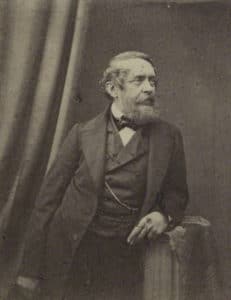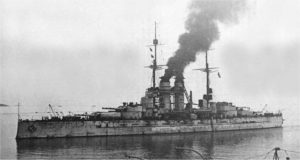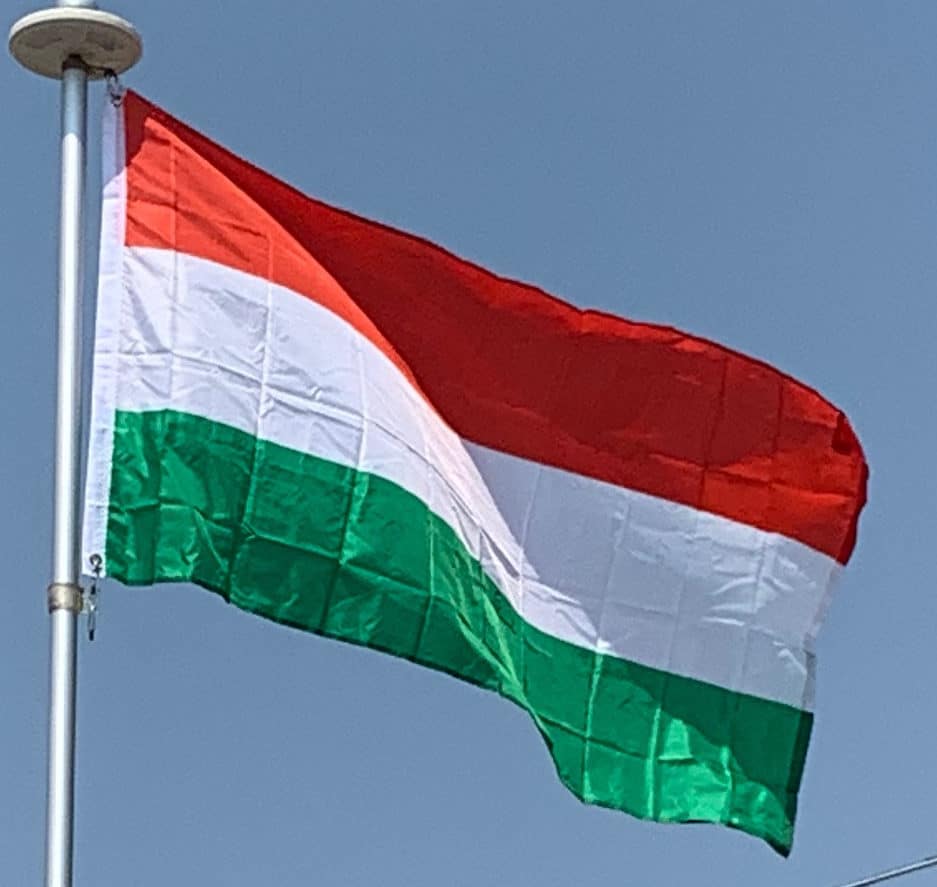
Because of external and internal problems, reforms seemed inevitable and major military defeats of Austria forced the Habsburgs to negotiate the Austro-Hungarian Compromise of 1867, by which the dual Monarchy of Austria–Hungary was formed. This Empire had the second largest area in Europe (after the Russian Empire), and it was the third most populous (after Russia and the German Empire). The two realms were governed separately by two parliaments from two capital cities, with a common monarch and common external and military policies. Economically, the empire was a customs union. The old Hungarian Constitution was restored, and Franz Joseph I was crowned as King of Hungary. The era witnessed impressive economic development. The formerly backward Hungarian economy became relatively modern and industrialized by the turn of the 20th century, although agriculture remained dominant until 1890. In 1873, the old capital Buda and Óbuda were officially united with Pest, thus creating the new metropolis of Budapest. Many of the state institutions and the modern administrative system of Hungary were established during this period.
After the Assassination of Archduke Franz Ferdinand in Sarajevo, the Hungarian prime minister István Tisza and his cabinet tried to avoid the outbreak and escalating of a war in Europe, but their diplomatic efforts were unsuccessful. Austria–Hungary drafted 9 million (fighting forces: 7.8 million) soldiers in World War I (over 4 million from the Kingdom of Hungary) on the side of Germany, Bulgaria and Turkey. The troops raised in the Kingdom of Hungary spent little time defending the actual territory of Hungary, with the exceptions of the Brusilov Offensive in June 1916, and a few months later, when the Romanian army made an attack into Transylvania, both of which were repelled. In comparison, of the total army, Hungary’s loss ratio was more than any other nations of Austria-Hungary. The Central Powers conquered Serbia. Romania declared war. The Central Powers conquered Southern Romania and the Romanian capital Bucharest. In 1916 Emperor Franz Joseph died, and the new monarch Charles IV sympathized with the pacifists. With great difficulty, the Central powers stopped and repelled the attacks of the Russian Empire.

The Eastern front of the Allied (Entente) Powers completely collapsed. The Austro-Hungarian Empire then withdrew from all defeated countries. On the Italian front, the Austro-Hungarian army made no progress against Italy after January 1918. Despite great Eastern successes, Germany suffered complete defeat on the more important Western front. By 1918, the economic situation had deteriorated (strikes in factories were organized by leftist and pacifist movements) and uprisings in the army had become commonplace. In the capital cities, the Austrian and Hungarian leftist liberal movements (the maverick parties) and their leaders supported the separatism of ethnic minorities. Austria-Hungary signed a general armistice in Padua on 3 November 1918. In October 1918, Hungary’s union with Austria was dissolved.
Between the World Wars 1918–1941:
Following the First World War, Hungary underwent a period of profound political upheaval, beginning with the Aster Revolution in 1918, which brought the social-democratic Mihály Károlyi to power as Prime Minister.
